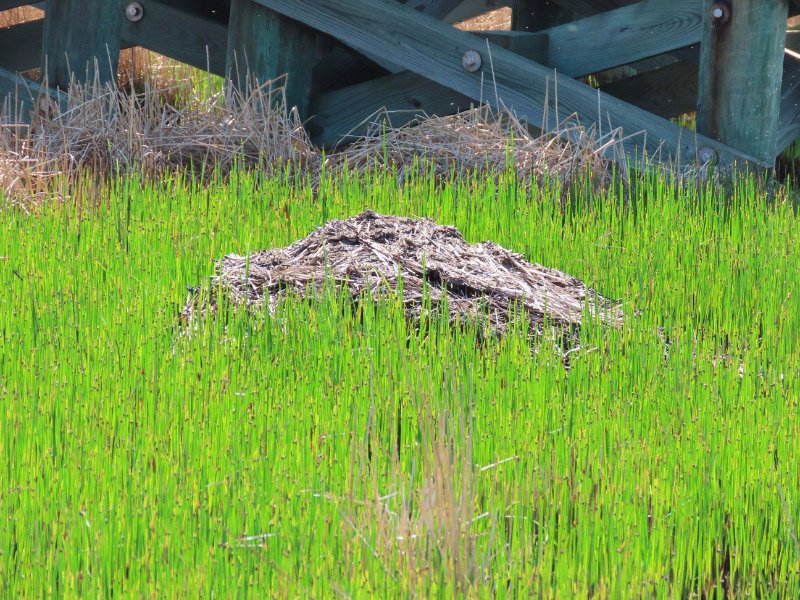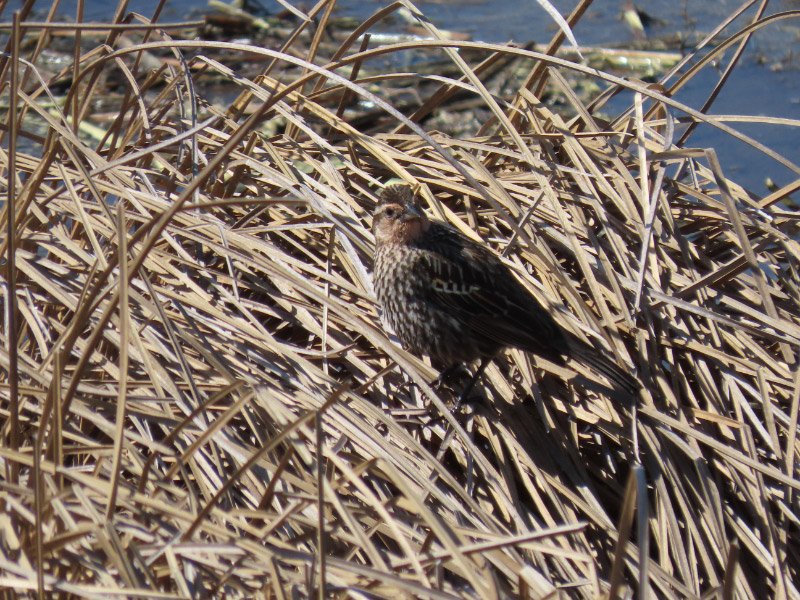Gleanings of the Week Ending July 9, 2022
/The items below were ‘the cream’ of the articles and websites I found this past week. Click on the light green text to look at the article.
Bonsai trees tell of winters past – An elfin forest of hemlocks on the outer coast of Glacier Bay National Park…and they hold the history of 4 centuries of winters in their growth rings.
See the vibrant, long overlooked colors of classical sculptures – Greco-Roman marble sculptures were covered in bright hues (polychromy) originally!
Pioneering recycling turns mixed waste into premium plastics with no climate impact – Wouldn’t it be great if suddenly mixed waste could replace fossil raw materials for ALL plastic production?
Understanding horseshoe crabs at Cape Cod National Seashore – A short video about a research project just starting.
Get a Sneak Preview of the 2022 Bird Photographer of the Year Finalists – Capturing birds in action…rather than portraits.
Invasive species taking over some American forests - Amur honeysuckle (a shrub from Asia) is a big culprit. Callery Pear (the ‘wild’ version of the Bradford pear) is a close second. I just cut down a Callery Pear that was growing in the front bed of my new house in Missouri…almost obliterating a crepe myrtle! Other foreign species that have become problematic: porcelain berry, tree of heaven, winged euonymus, European buckthorn, Oriental bittersweet, common privet and lesser periwinkle...Norway maple, Amur cork tree and white poplar along with herbaceous species such as lesser celandine, garlic mustard, Japanese knotweed and Japanese stilt grass.
A Surprisingly High Number of Wildfires Are Caused by Electrocuted Birds – Awful….good that there is a way to reduce the carnage…at less cost than the consequences of the fires.
Rural areas near coast will bear the brunt of US sea-level rise – Analysis focused on the Chesapeake Bay…marshes forming where forest and farmland is today.
Once-Common California Bumble Bees Have Gone Missing – The survey did not find the formerly abundant Western bumble bee. The last statewide survey was conducted 40 years go…and a lot has happened in that time: habitat loss, pesticides, and climate change. None of the species were doing well. Big problem – since bumble bees help pollinate $3 billion worth of crops in the US each year (including tomatoes, peppers, and cranberries).
Scientist war of links between soil pollution and heart disease – The author of the study commented: “Until we know more, it seems sensible to wear a face mask to limit exposure to windblown dust, filter water to remove contaminants, and buy food grown in healthy soil."










































